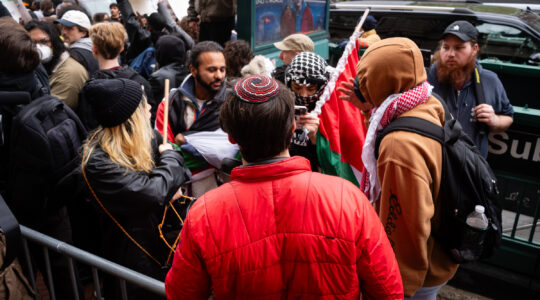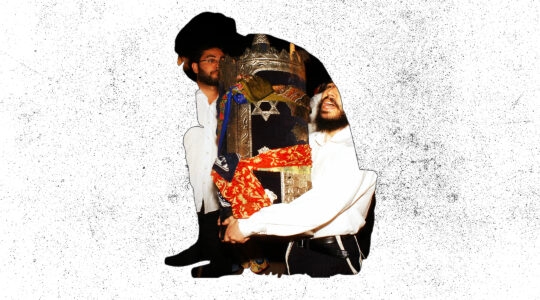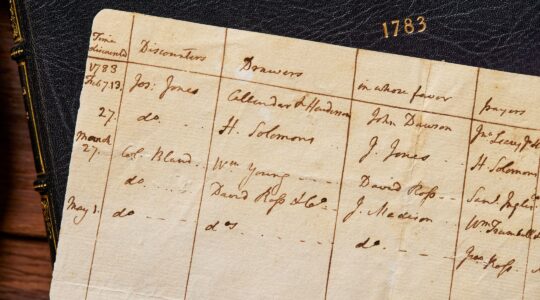The remains of a city wall of Jerusalem from the time of the Second Temple were uncovered.
The recent discovery, made public Wednesday, is part of a year-and-a-half-long excavation under way on Mount Zion.
The 2,100-year-old wall was destroyed during the Great Revolt against the Romans that began in 66 C.E. It was previously uncovered by an American archeologist at the end of the 19th century.
The project is part of the master plan for the Jerusalem City Wall National Park, which will preserve the region around the Old City of Jerusalem as an open area for tourism. A promenade is planned to run around the newly uncovered sections of the wall.
“The fact that after 2,100 years the remains of the first city wall were preserved to a height of 3 meters [nearly 10 feet] is amazing,” said Yehiel Zelinger, the excavation director, on behalf of the Israel Antiquities Authority. “This is one of the most beautiful and complete sections of construction in the Hasmonean building style to be found in Jerusalem.”
Also uncovered were the remains of a city wall from the Byzantine period, built on top of the Second Temple wall.
The excavation is being conducted with the Nature and Parks Authority and with financial support provided by the Ir David Foundation.
JTA has documented Jewish history in real-time for over a century. Keep our journalism strong by joining us in supporting independent, award-winning reporting.





